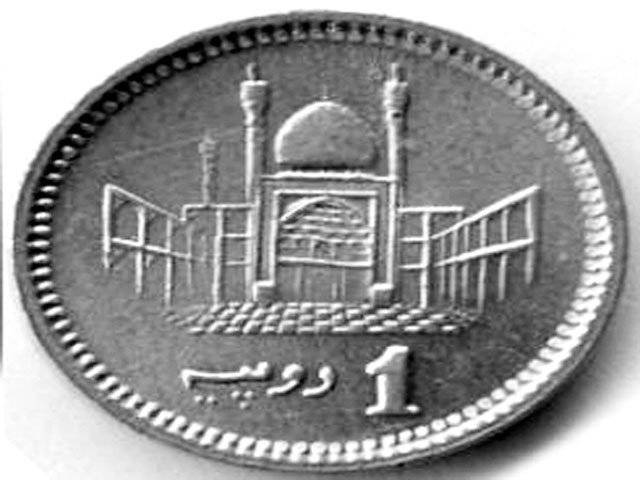KARACHI (Reuters) - The Pakistani rupee fell on Monday to hit a record low, thanks to strong dollar demand for oil import payments amid soft inflows. Dealers said they expect the local unit to stay under pressure for now. The rupee closed at 86.75/80 to the dollar -- its weakest ever closing -- down from 86.54/60 on Saturday. The previous weakest close by the rupee was 86.56/58 on Wednesday. "The market was already short of dollars after the sharp rise in demand last week, mainly for oil import payments," said a dealer at a foreign bank. "There were oil payments worth at least $70 million today (Monday), and dollar inflows were soft, which push the rupee further lower," he said. Dealers said dollar payments are typically higher in July and August because of stronger oil demand and debt payments. As well as oil payments, the International Monetary Fund's (IMF) stalled aid programme to Pakistan is also weighing the rupee down. The IMF has criticised the government for its patchy implementation of fiscal reforms and has held back the sixth tranche of an $11 billion loan programme since August last year. IMF and Pakistan officials were due to meet this month, but the meeting has been delayed and no new date has been announced. A cut in the key policy rate by the central bank over the weekend was also likely to accelerate the rupee's slide, said another dealer at a major local bank. "Cutting PKR (Pakistani rupee) interest rates makes the opportunity cost of holding dollars cheaper, hence the weakening of the rupee could accelerate," he said. "We might get to see the 87 rupee mark faster now." The State Bank of Pakistan unexpectedly cut its key policy rate on Saturday by 50 basis points, to 13.5 percent for the next two months, saying it would help spur growth while average inflation remains steady. Dealers said increased remittances from Pakistanis working abroad had supported the rupee and shielding the currency from a sharp fall in recent weeks, but the increased dollar demand over the last week pushed the rupee lower. According to official data, remittances rose to a record $11.2 billion in the 2010/11 fiscal year, an increase of 25.77 percent from the previous year. There were no signs of any central bank intervention in the interbank market yet to control the rupee's slide, dealers said.
Friday, April 19, 2024
Rupee at record low on higher import payments

SC suspends ECP’s re-polling order in PP-51
April 19, 2024
Court approves plea bargain of Parvez Elahi’s co-accused
April 19, 2024
Zardari creates another parliamentary record
April 19, 2024
KP politicians, civil society laud President’s address
April 19, 2024
A Tense Neighbourhood
April 19, 2024
Dubai Underwater
April 19, 2024
X Debate Continues
April 19, 2024
Hepatitis Challenge
April 18, 2024
IMF Predictions
April 18, 2024
Kite tragedy
April 19, 2024
Discipline dilemma
April 19, 2024
Urgent plea
April 19, 2024
Justice denied
April 18, 2024
AI dilemmas unveiled
April 18, 2024
ePaper - Nawaiwaqt
Advertisement
Nawaiwaqt Group | Copyright © 2024





